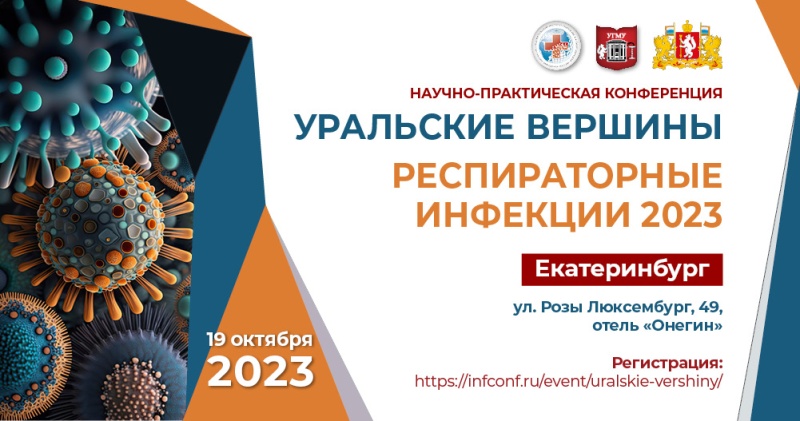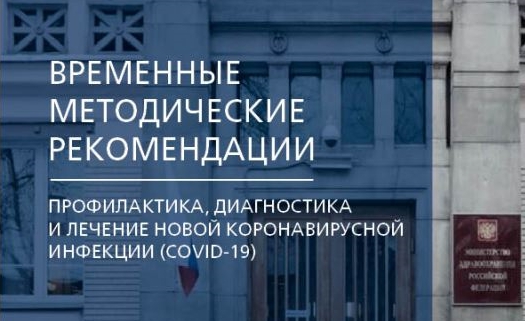
Specialists discuss ways to protect kids against flu at the conference “Ural Peaks. Respiratory Infections 2023”

In the last epidemiological season of 2022–2023, the incidence rate of respiratory infections in Russia was almost 4 times higher than a year before. This fall, there is an increase in cases again, as noted by experts at the scientific and practical conference “Ural Peaks. Respiratory Infections 2023”, held on October 19 in Yekaterinburg.
However, it is extremely difficult to estimate mortality caused by influenza since it is not registered by doctors as a cause of death, he says.
Prof. Romanenko says that influenza is especially dangerous for children; the incidence among them can reach 30–40%, which is 3 to 4 times higher than that in adults[1],[2]. In most cases, patients develop post-morbid complications, such as bacterial infections, otitis media, sinusitis, bronchitis, and pneumonia.
Vaccination is the most efficacious method of combating influenza today. Since the 2012-2013 flu season, in the Northern Hemisphere the WHO recommends adding the fourth component of the B-type influenza virus to trivalent vaccines to secure stronger protection against infections[[2],[3]]. Russia has endorsed a step-by-step action plan for the transition to quadrivalent vaccines in order to prevent influenza under the National Preventive Vaccination Schedule 2021-2025.[4],[5]
When giving his talk, the expert cited some 2013–2014 data proving that morbidity rates in vaccinated and non-vaccinated children under 3 years of age differed 2.4 times. In the next season 2014-2015, there was a sevenfold gap between the rates in vaccinated and non-vaccinated children.
He also noted the effectiveness of Grippol® Quadrivalent vaccine with the immunoadjuvant azoximer bromide developed by Petrovax Pharm, which was registered in Russia in 2018 to protect against 4 strains, namely, 2 influenza type A viruses and 2 lineages of influenza type B virus.
According to Prof. Romanenko, Grippol® Quadrivalent was clinically tested to prove immunological effectiveness and a high safety profile in adults, children aged 6 months and older and in adolescents. Grippol® Quadrivalent was developed using the manufacturing technology employed in the production of the Grippol® family of vaccines, which are included in state immunization programs of several countries, have an extensive evidence base and long-term usage experience.
1 On the State of Sanitary and Epidemiological Welfare of the Population in the Russian Federation in 2022: State report. Moscow: Federal Service for Surveillance on Consumer Rights Protection and Human Wellbeing, 2023. p. 368.
2 WHO Influenza (Seasonal) Fact Sheet.; Available online: http://www.who.int/mediacentre/factsheets/fs211/en/
3 Vaccination During the COVID-19 Pandemic. Drapkina O.M., Avdeev S.N., Briko N.I. [et al.]. Guidelines. Moscow: ROPNIZ, Silicea-Poligraf LLC. 2022, p. 96.
4 Decree of the Government of the Russian Federation No. 774-r dated 29.03.2021
5 https://www.rospotrebnadzor.ru/region/rss/rss.php?ELEMENT_ID=11171
Polyoxidonium® added to updated Temporary Anti-COVID-19 Guidelines of the Russian Ministry of Health


